
10 Jaw-Dropping Camera Tricks That Slipped Under The Viewers' Radar
All it took are genius filmmaker techniques, not CGI.
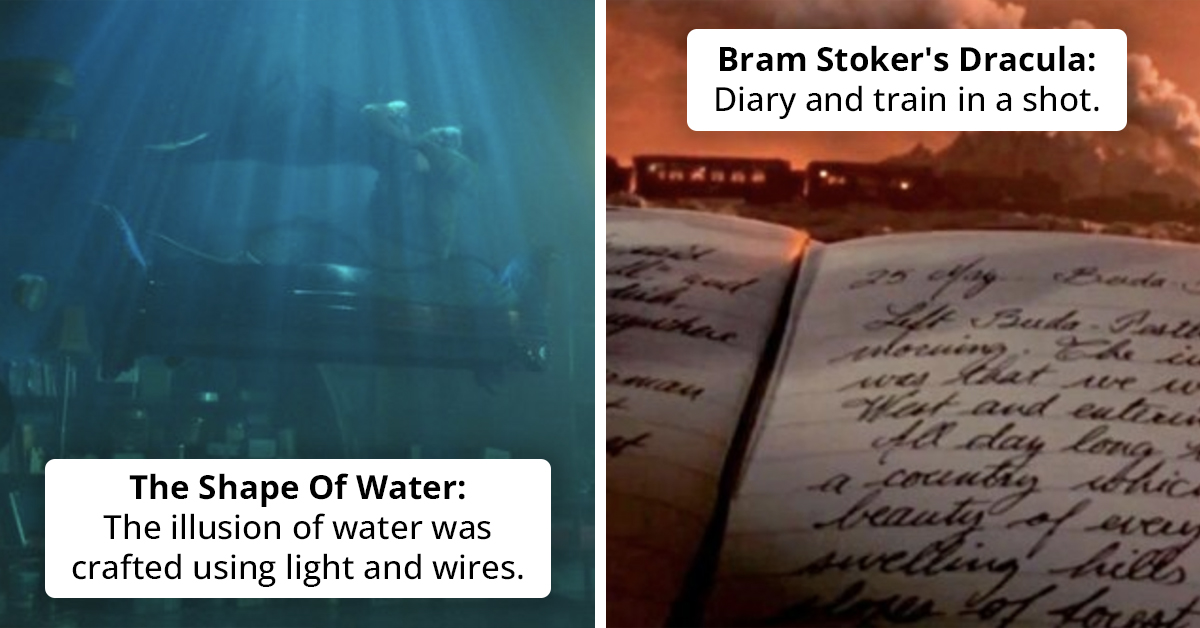
When filmmakers set out to craft an awesome new movie, they're willing to go the extra mile to ensure the final product is spot-on. However, like folks in any other job, they frequently encounter various challenges.
To unveil their latest creation to the world, they need to tackle a bunch of issues and navigate the constantly evolving film industry. At its core, filmmaking is this amazing mix of science and art, creating a perfect illusion that grabs your attention effortlessly.
Directors pour their hearts into making movies look seamless to us, the audience. But here's the catch: all the hard work and skill they put in might go unnoticed.
The delicate balance between art and effort is a real puzzle in the world of filmmaking. This whole deal becomes crystal clear when you look at the 10 movie scenes we'll share with you today.
These shots needed some seriously genius-level skills to happen. Yet, because they're so subtle, the average movie watcher might not fully get how much creativity and technical know-how went into making them happen.
These only took filmmakers tap into their creative genius and use available resources to create on-screen magic that can still amaze audiences many decades later. Although CGI can pull off impressive feats, these scenes showcase the cleverness of practical tricks above all else.
1. The Muppet Movie: Kermit riding a bike as he was puppeteered.
As a kid, you prolly didn't even think about how they made Kermit (Jim Henson) ride a bicycle in that opening scene. His whole body was visible, and you couldn't see any puppetry, so it's kind of a mystery!
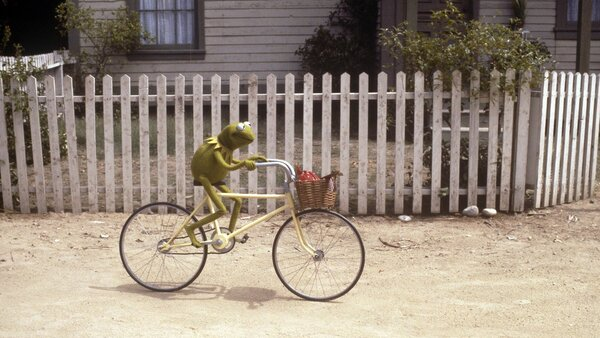 WhatCulture
WhatCultureIn reality, the Kermit puppet was positioned on the bike, with its hands and feet hooked to the pedals and handlebars.
It was operated from above using a big crane rig, and invisible wires linked the bike to the crane.
2. The Lord Of The Rings: It's all about perspective.
Viewers easily assumed that CGI played a role to scale actors according to their designated height.
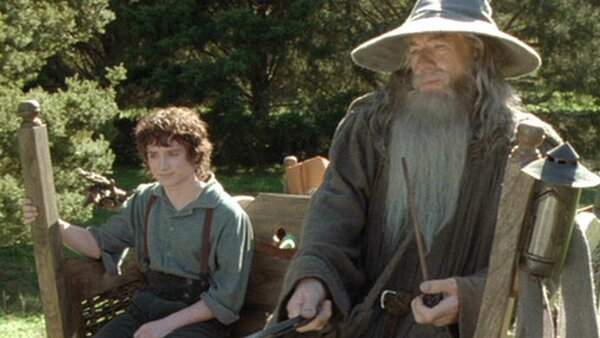 WhatCulture
WhatCultureDirector Peter Jackson would position actors at a greater distance than they seemed to be.
With strategic props and camera angles, he could deceive the audience's perception of height difference. Jackson also had a cool idea to keep everything uniform no matter which angle.
His team used a motion control camera rig that worked with another rig to smoothly shift the actors and props around. This way, everything stayed perfectly synchronized, keeping the forced perspective illusion intact.
3. The Shape Of Water: The illusion of water was crafted using light and wires.
The opening scene features a dreamy tracking shot of the main character, Elisa Esposito (played by Sally Hawkins), peacefully sleeping in her apartment, which curiously appears to be underwater.
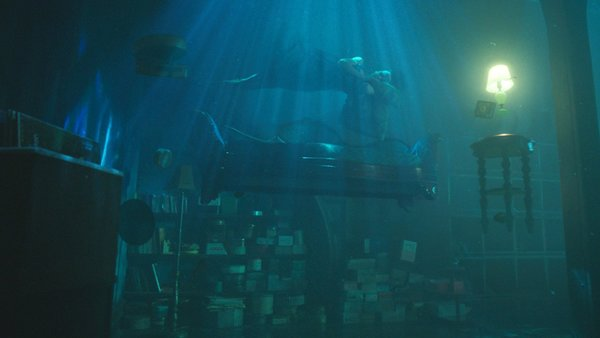 WhatCulture
WhatCultureThere's no water in the scene whatsoever.
It was filmed using the "dry-for-wet" technique. The set was filled with smoke, and lights were beamed from above to create the illusion of light bending as it would in actual water.
4. Terminator 2: Judgment Day: Mirror double.
The dedication and hard work James Cameron poured into Terminator 2's mirror sequence is truly impressive. And although the scene was initially deleted, it was brought back in the movie's special rerelease.
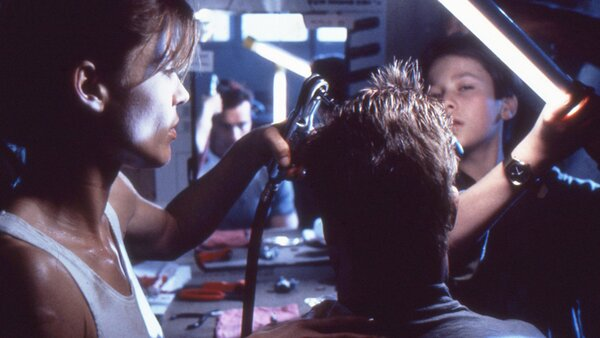 WhatCulture
WhatCultureThe director simultaneously staged the scene.
The close-up of the T-800's head, with Linda Hamilton and Edward Furlong working on a prop head, is cleverly coordinated. The supposed mirror is nothing but a window, behind which Arnold Schwarzenegger is seated.
As for the reflections, Linda Hamilton's twin sister, Leslie, mirrored her movements on the opposite side of the window, while a body double duplicated Furlong's actions from behind.
5. Bram Stoker's Dracula: Diary and train in a shot.
Under the skilled direction of Francis Ford Coppola, the movie stood out as one of the visually captivating films of the '90s.
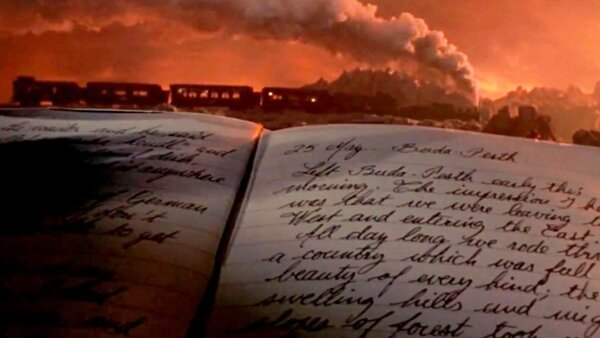 WhatCulture
WhatCultureThe director simply didn't want to use high-tech CGI.
He fired the whole VFX team and had his son at the helm of shooting the scene in-camera.
6. Mary Poppins: Sodium Vapor Processing that combines live-action scenes and animation.
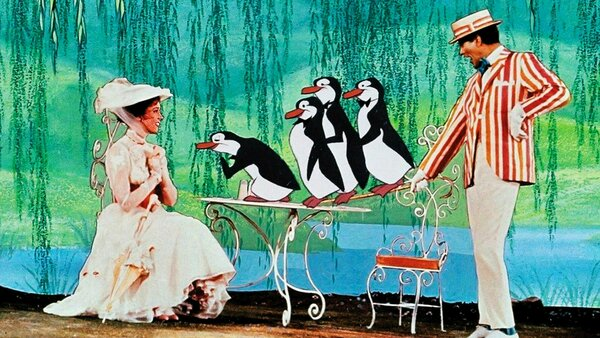 WhatCulture
WhatCultureAchieving a convincing interaction between the Mary (played by Julie Andrews) and Bert (played by Dick Van Dyke) and the penguins was an entirely different challenge.
The scene came to fruition through the application of the sodium vapor process. Actors were captured against a well-lit white screen with sodium vapor lights, casting a yellowish hue.
A specially-equipped camera, featuring a prism, directed the filtered light onto another film reel, producing an exceptionally sharp matte to distinguish the actors from the background.
7. Brick: The frightening reversed binbag.
In this particular scene, the protagonist Brendan (Joseph Gordon-Levitt) dreams of his ex-girlfriend Emily (Emilie de Ravin) strolling through a tunnel, only for the shot to be engulfed by a peculiar black mass, jolting him awake.
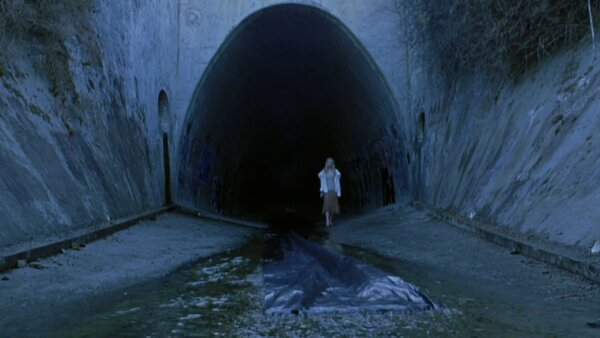 WhatCulture
WhatCultureIt was all DIY.
Johnson took a hands-on approach to the shot, but unless you pause the scene and scrutinize it closely, it's easy to overlook. Johnson crafted the scene by attaching a bin bag to the camera and extending it into the tunnel.
He then had a crew member remove the bin bag and pull it into the tunnel, later reversing the footage in post-production to create the illusion of the bin bag leaping up over the camera lens.
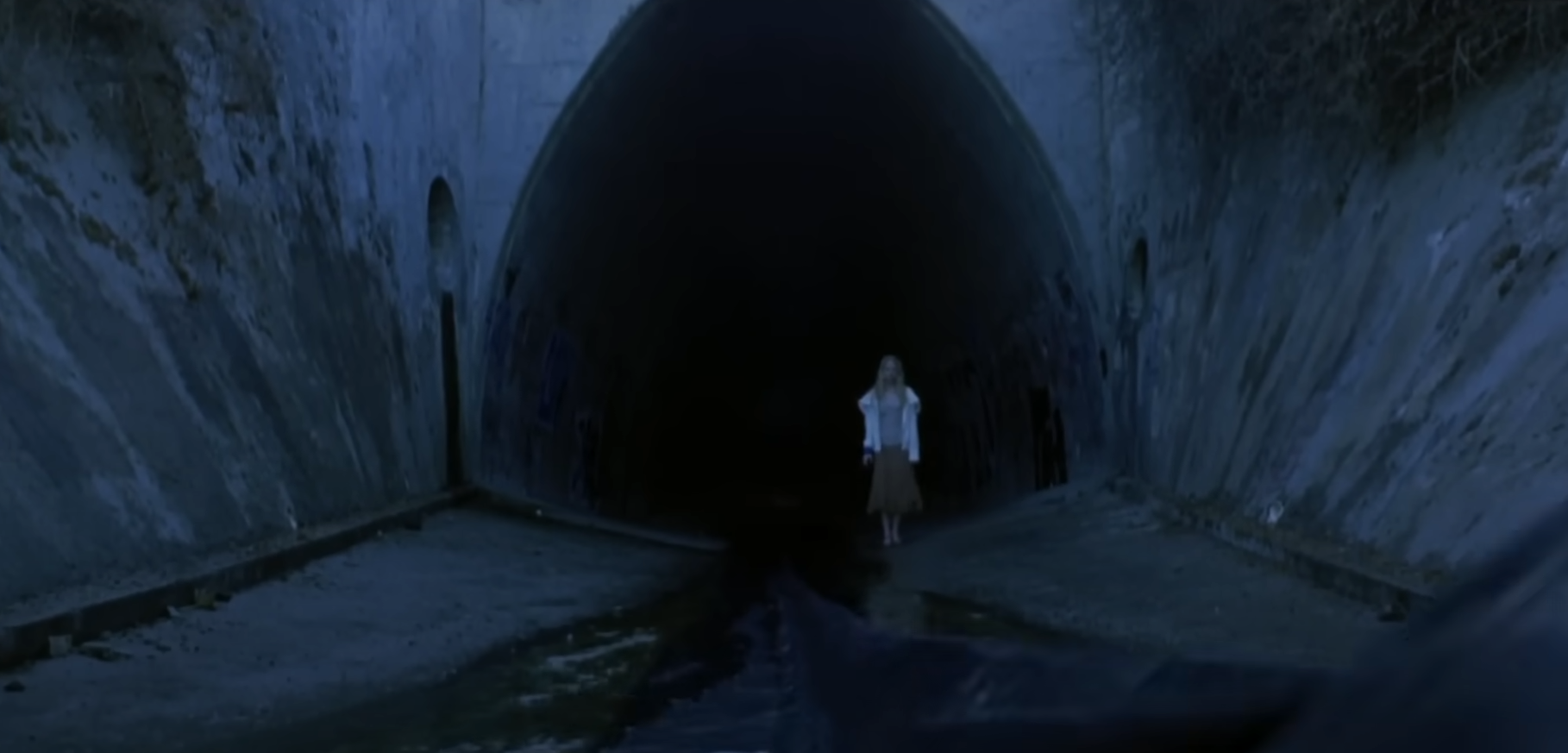 WhatCulture
WhatCulture8. Contact: The unbelievable mirror shot.
The only movie featuring a mirror shot that could potentially match the intricacy of Terminator 2 is Contact. It kicks off with a breathtaking sequence where Ellie (Jena Malone) hurriedly ascends the stairs to retrieve her father's meds from the bathroom cabinet.
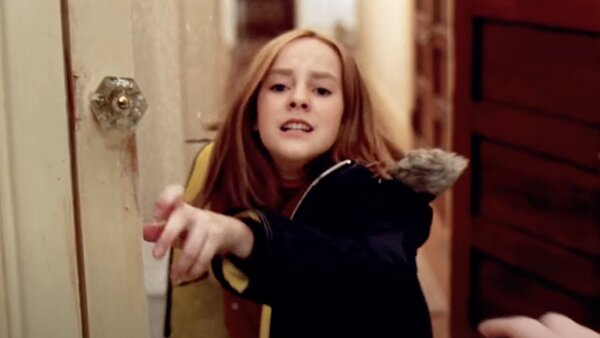 WhatCulture
WhatCulture
The shot was achieved through smooth transition.
There's the scene of Ellie dashing toward the camera, the moment she opens the bathroom cabinet with a blue screen covering the mirror, and then the actual reflection when the cabinet closes, unveiling a photo of Ellie and her father in the backdrop.
All of these components were skillfully combined to craft a smooth transition. As remarkable as it may appear, it's also quite easy to overlook the tremendous effort invested in it if you're not fully tuned into the details.
9. Foreign Correspondent: The plane crash and water slide.
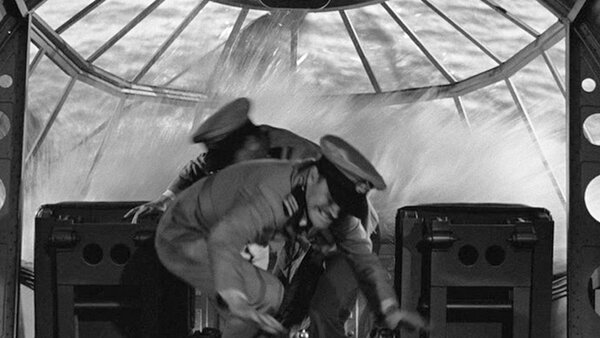 WhatCulture
WhatCulture
The clip featuring an aircraft diving over the ocean was displayed on a rice paper screen.
Behind the screen, two massive water tanks were positioned, each linked to a water slide directed toward the screen. Consequently, the water was synchronized to be released from the tanks precisely when the projected footage approached the water.
The water burst through the rice paper screen, genuinely flooding the cockpit set.
10. Inception: The tilting bar.
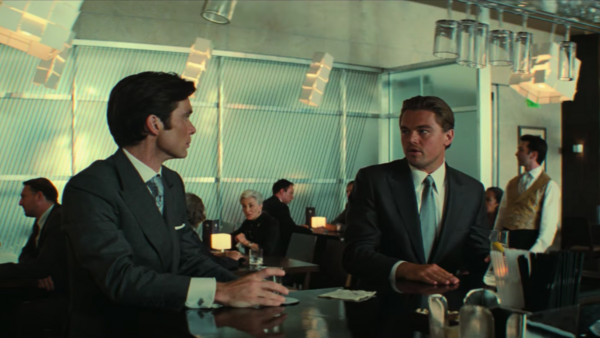 WhatCulture
WhatCulture
While a filmmaker might have opted for the "easy" route of shooting the scene in a regular bar and digitally handling the challenging aspects later, Christopher Nolan took a different approach.
He chose to construct an entire tilting bar set to bring it to life authentically. The crew could mechanically tilt the set, making sure that both light fixtures and the liquid inside glasses moved in a realistic manner.
However, it wasn't as straightforward as it sounds. Camera equipment had to be firmly secured to the floor to prevent any unwanted movement, and extras for the scene had to go through auditions to ensure they could stay seated while the set tilted from side to side.
The jaw-dropping camera tricks by genius filmmakers
Some filmmakers refuse to take the easier route because they aim to create the best possible outcome for their viewers. While these intricacies may not be immediately obvious when watching the movie, a sense of amazement is inevitable when you discover the techniques behind the scenes.
This just goes to show how dedicated they are to using creativity to bring cinematic magic to life.
May







